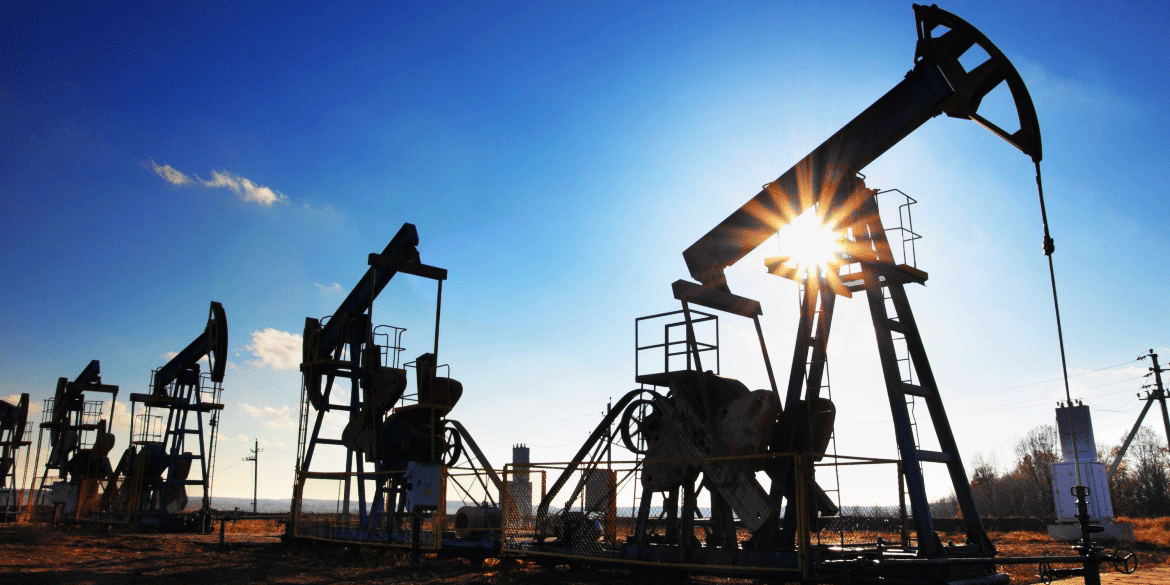Have you ever heard of Moore’s Law and how it influenced the technology industry? Gordon Moore, founder of Intel, predicted that improvements in technology would double about every two years and deliver smaller, better technology. The evidence of the law is all around us in the form of laptops, tablets, and smartphones that are smaller and more powerful every year.
Although the oil and gas industry doesn’t quite live up to Moore’s level of technological advancement, it is clear that as operators, drillers, services companies and geoscientists develop better technology, they achieve higher production and efficiency. In the last few years, there have been many innovations and trends that support this.
ROTARY STEERABLE SYSTEMS
Rotary steerable systems (RSS) have grown popularity since the late nineties, according to E&P Magazine. Now operators are working on reducing costs and making RSS more user-friendly. In fact, some analysts expect rotary steerable directional drilling to exceed conventional directional drilling in the near future.
GPS TRACKING
Drillinginfo’s CEO Allen Gilmer pointed out that new wells are increasing in unconventional plays compared to other plays since late summer price fluctuations began. Tracking rigs with GPS reduces misinformation because GPS units constantly report on rig location, rig class, and other metrics. That means no more guessing about rig locations. Check out the DI Index of New Production Capacity for up-to-date rig count and location details via GPS monitoring units.
PROPPANT IMPROVEMENTS
Sometimes you have to change something basic to see results, so it is no surprise that changes in proppant have had a significant impact on production. As some operators experiment with increasing proppant density, others are developing higher quality proppant formulas to help production. According to Natural Gas Intel, some proppant companies are creating self-suspending proppants that are more efficient. They are also developing proppant transfer technology that applies a special coating to improve oil mobility.
WELL SPACING
Sometimes, making small adjustments to well spacing makes a big difference in production. More companies are using advanced modeling and microseismic analysis to develop better well spacing techniques before drilling in new places. Modeling wider spacing and timing the drilling just right reduces systematic interference and increases production. It’s an incredible example of ingenuity and better technology increasing production and reducing costs.
NEW LAWS REQUIRE NEW TECHNOLOGY
In the future, a more detailed “Frac Law” could emerge as the oil and gas industry changes, but there is no doubt that when the industry invests in new technology, such as GPS tracking, it pays off. As laws like the export oil ban change to accommodate the global demand for oil, there will be more incentives to develop new technology.

.gif)

 石油圈
石油圈